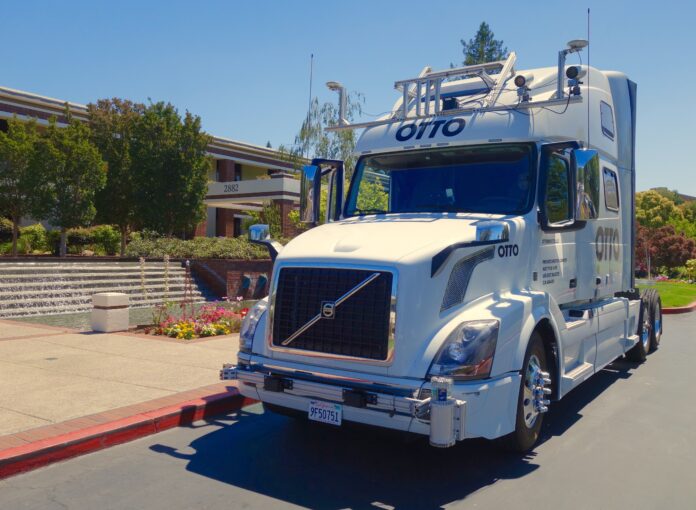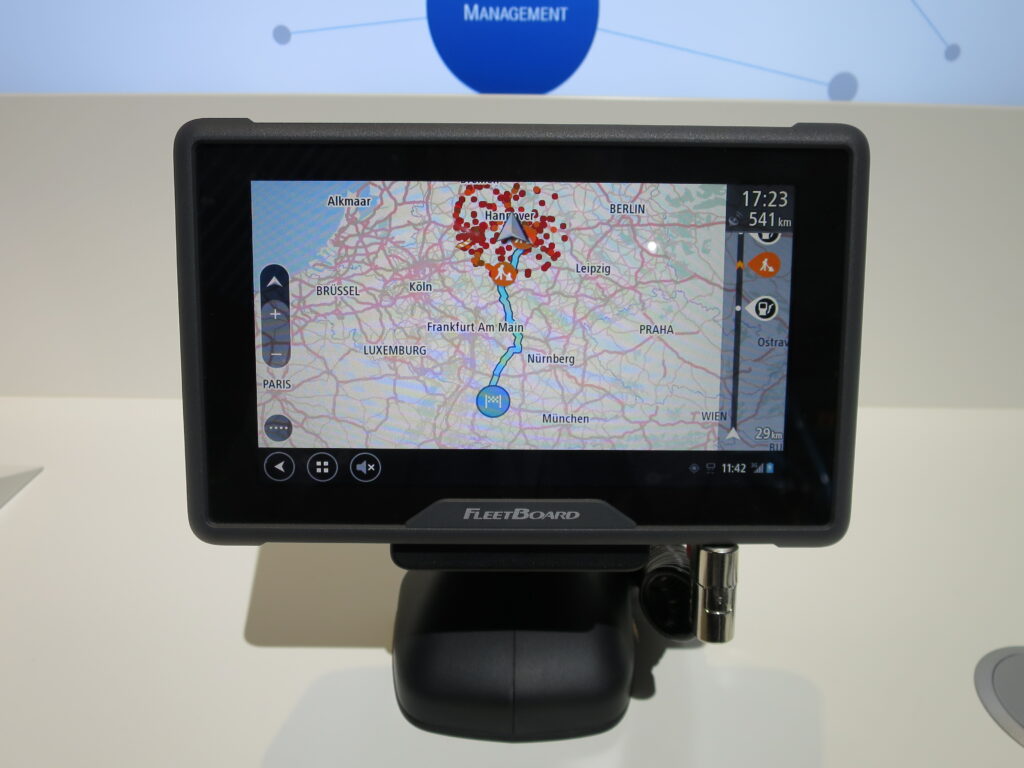
The landscape of fleet management is undergoing a dramatic transformation with the advent of autonomous vehicles and the integration of telematics technology. In this article, we explore how telematics is shaping the future of autonomous fleets and revolutionizing the way businesses manage their vehicle operations.
The Rise of Autonomous Fleets
Autonomous vehicles, often referred to as self-driving cars or driverless cars, have garnered significant attention in recent years. These vehicles use a combination of sensors, cameras, artificial intelligence, and machine learning algorithms to navigate and make decisions on the road. While the concept of autonomous vehicles has been in development for some time, it is now reaching a point of practical implementation.
Autonomous fleets consist of multiple self-driving vehicles that can operate without human intervention. These fleets are being deployed in various industries, including transportation, logistics, delivery services, and even public transportation. The promise of autonomous fleets lies in increased efficiency, reduced operational costs, and enhanced safety on the roads.
The Role of Telematics
Telematics technology plays a pivotal role in the success of autonomous fleets. It involves the integration of telecommunications and informatics to transmit data over long distances. Telematics systems installed in vehicles collect a wide range of information, including:
- GPS location and tracking data
- Vehicle diagnostics and performance metrics
- Driver behavior and safety information
- Traffic and road conditions

This real-time data is transmitted to centralized control centers, where it is analyzed to make informed decisions. In the context of autonomous fleets, telematics technology provides several key benefits:
- Enhanced Safety: Telematics systems can monitor the behavior of autonomous vehicles and intervene in emergency situations to prevent accidents.
- Optimized Routing: By analyzing traffic and road conditions, telematics can help autonomous fleets choose the most efficient routes, reducing travel time and fuel consumption.
- Maintenance Predictions: Telematics data can predict when vehicles require maintenance, minimizing downtime and ensuring optimal performance.
Challenges and Opportunities
While telematics technology offers numerous advantages for autonomous fleets, it also presents challenges that must be addressed:
- Data Security: The vast amount of data generated by telematics systems must be securely stored and protected from cyber threats.
- Regulatory Compliance: Autonomous fleets must adhere to a complex set of regulations and standards related to safety and data privacy.
- Integration Complexity: Integrating telematics systems with autonomous vehicles and existing fleet management software can be a complex and costly process.
Despite these challenges, the future of autonomous fleets looks promising. As technology continues to advance and regulatory frameworks mature, we can expect to see more businesses embracing autonomous vehicle technology and leveraging telematics for efficient fleet management.
Telematics’ Impact on the Future of Autonomous Fleets
Telematics is at the forefront of revolutionizing how businesses manage autonomous fleets. It offers the tools needed to enhance safety, optimize operations, and navigate the complexities of a rapidly evolving industry. As autonomous vehicles become a common sight on our roads, the synergy between telematics and autonomy will continue to shape the future of fleet management.




